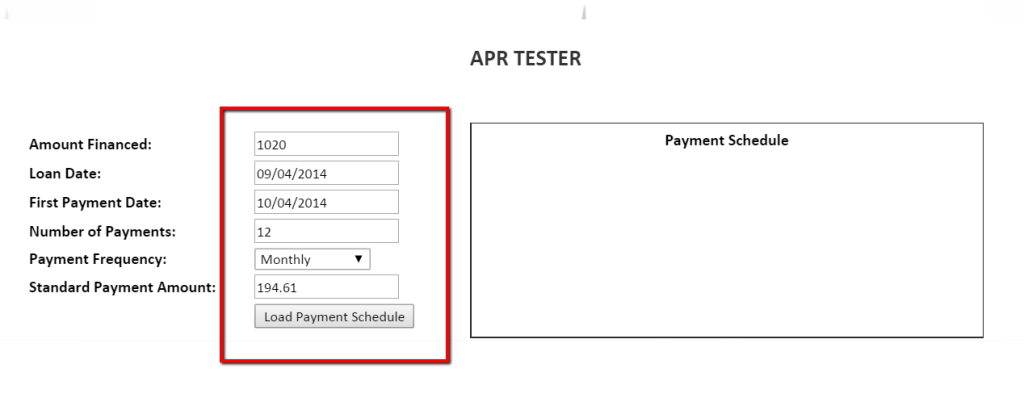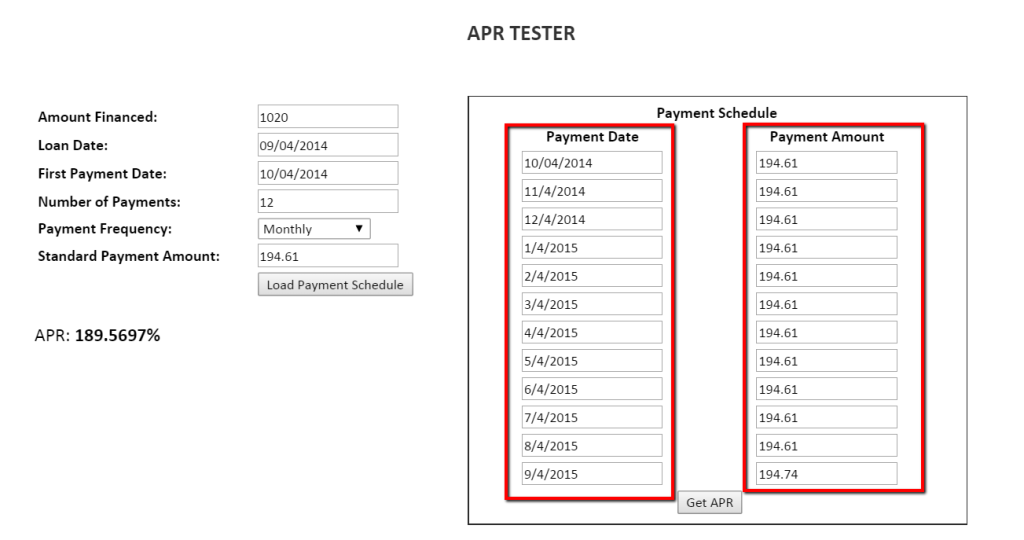This is an attempt to educate you and not provide legal advice blah, blah, blah. Always consult with your lawyer, first.
It’s easy to assume that SPAM is unwanted electronic messages, but the operative word is “unsolicited”. Unsolicited means “given or supplied without being requested or asked for.” I’m going to focus on email and text messaging, which fall under completely different laws, which is worth noting.
SPAM – “It is named after Spam, a luncheon meat, by way of a Monty Python sketch (funny video) in which Spam is included in every dish. The food is stereo-typically disliked/unwanted, so the word came to be transferred by analogy.”
So, why should you care about being accused of SPAM?
Let’s tackle email first and CAN-SPAM (Controlling the Assault of Non-Solicited Pornography And Marketing). This law is pretty easy to comply with. There are seven (7) items to focus on here and they are reasonable. The truth is that it does not have a lot of teeth b/c does not seem to be enforced a lot, unlike text messaging.
The FTC breaks commercial emails into two categories:
- Commercial content: In a nut shell, advertisement or promotion. These are the emails that can cost you $16,000 a pop. CAN-SPAM was a bi-partisan effort, so it’s very forgiving if you follow the rules. Allegedly consent can be oral or written. The reality is that if you send borderline SPAM emails, you may not get fined, but the Internet has SPAM filters that will black list you forever. This is as bad in it’s own special way.
- Transactional or Relationship content: This part is tricky: If the message contains only commercial content, its primary purpose is commercial and it must comply with the requirements of CAN-SPAM. If it contains only transactional or relationship content, its primary purpose is transactional or relationship. In that case, it may not contain false or misleading routing information, but is otherwise exempt from most provisions of the CAN-SPAM Act.
Next up…text messaging. I’m not listing the legal cases here b/c they’re everywhere now. If you’re going to send someone text messages, make sure your documentation is clear, conspicuous and unambiguous. Seems here that if there is a question of an unsolicited text, you have to prove consent ……like zero confusion here.
- Don’t bury your opt in.
- Make the customer check a box.
- Document and prove your opt-ins.
- Marketing texts must be sent through short codes as opposed to long codes.
- Two opt-ins are better than one. This is called a double opt-in. The consumer responds back to your request that they receive your marketing texts.
I’ll defer to Twilio regarding the opt-in disclosures for receiving text messages. Can you make this part of your written opt-in? Sorry, not sure.
Additionally, the FCC has some short and concise information on both email and text messaging here. Not sure how definitive it is, but it’s something.
This article from Experian titled SMS compliance: What you don’t know CAN hurt you is extremely helpful.



